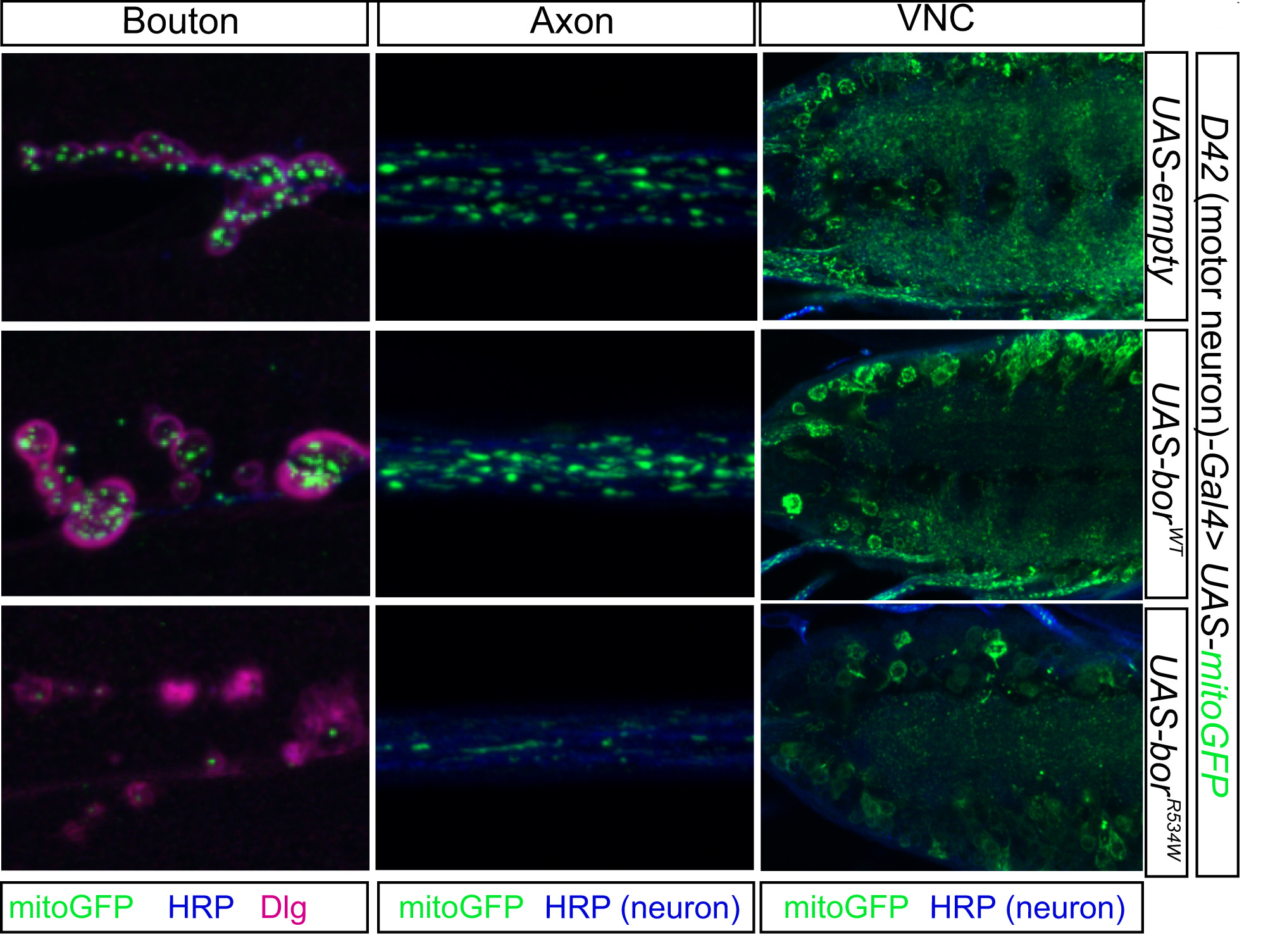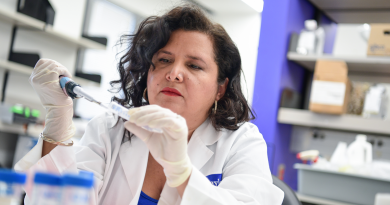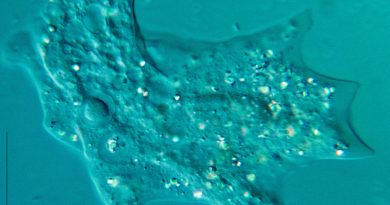Variations in gene ATAD3A can result in distinct neurological syndromes
Research has revealed that a group of rare neurological syndromes for which there was no cause can be the result of variations in the gene ATAD3A. The study, which appears in The American Journal of Human Genetics, shows that certain human variants of ATAD3A are associated with a lower number of mitochondria while the gene equivalents in the fruit fly cause a reduction the number of mitochondria. The study opens the possibility for developing better diagnostic tools and potential treatments in the future.

“Through collaborative efforts with other teams, we identified a group of five non-related individuals with similar neurological characteristics of unknown origin. They had in common global developmental delay, low muscular tone and visual, neurological and heart problems,” said co-first author Dr. Tamar Harel, who was a genetics fellow at Baylor when she was working on this study and currently is a geneticist at Hadassah Medical Center in Israel.
Going fishing
To identify the genetic causes of the neurological syndrome, the scientists began what they call a ‘fishing expedition.’
“We sequenced the genes of each of the patients and by a process of comparison and elimination we found that the patients had in common the same new variant in this gene ATAD3A, but their parents did not. This indicated that this was a new mutation that had occurred in the children. We started as a fishing expedition but then we found this gene and decided to study it further,” said Harel.

“The gene became more and more interesting the more Tamar worked on it,” said co-senior author Dr. James Lupski, Cullen Professor of Molecular and Human Genetics at Baylor. “Tamar was able to find that some patients had mutations in one copy of the gene, and this was enough to cause disease, while other patients had to have mutations in both copies of the gene to get disease. She also found families with one single error in the gene and others in which the disease was associated with a genomic copy number variant.”

The fly connection
Nevertheless, the human studies only revealed that the new variants in ATAD3A were associated with neurological syndromes, but not that they caused them. The scientists then began a collaboration with co-senior author Dr. Hugo Bellen, professor and director of the Program in Developmental Biology and investigator at the Howard Hughes Medical Institute at Baylor, to combine the human studies with studies in Drosophila melanogaster, the laboratory fly that has been extensively studied genetically. Drosophila can serve as an experimental model to determine the effect gene variants have in a living organism because most fly genes are conserved in humans, numerous genetic tools are available, and scientists can test genes function in tissues.

Co-first author Dr. Wan Hee Yoon, postdoctoral fellow in Bellen lab, developed an ATAD3A disease model in the fly.
“I expressed the normal, wild type protein in motor neurons and muscles of a group of flies, and the protein carrying the gene variant in the same tissues in other flies. We found that expression of the variant protein caused a dramatic decrease in the number of mitochondria, as well as an increase in mitophagy,” said Yoon.
Mitochondria are special cellular organelles whose function is to generate energy, or ATP, for the cell to perform its functions. Mitochondria are also essential for cellular metabolism because they generate the building blocks needed to synthesize proteins and lipids.
“The cell has a way to maintain its mitochondria healthy. One way is fusion and fission which allows cells to regenerate worn down mitochondria or to eliminate those that are not functional by digesting them and reusing their components, a process called mitophagy,” said Yoon. “Mitophagy is a critical process not only in neurological diseases, but also in other diseases such as cancer and other metabolic diseases.”
The scientists also looked at the fibroblasts from their patients and compared the mitochondria in control and in diseased fibroblasts and found that those in diseased fibroblasts were inside digestive vesicles, reflecting mitophagy. Mitophagy in fibroblasts from patients with ATAD3A variants was significantly higher than the one in control fibroblasts.
“The collective data indicate that mutations in ATAD3A can cause an aberrant characteristics in mitochondria and the flies are actually sick,” said Yoon.
By combining the results of human and fly studies the scientists feel confident that they can attribute the neurological syndromes observed in their patients at least in part to malfunctioning variants of the gene ATAD3A.
###
For a complete list of all the conributors to this work click on this link.
This work was supported in part by the US National Human Genome Research Institute/National Heart Lung and Blood Institute Baylor Hopkins Center for Mendelian Genomics (NHGRI/NHLBI, U54HG006542), the Intellectual Developmental Disabilities Research Center, IDDRC (NICHD HD083092, Clinical Translational Core), and the NHGRI/NHLBI University of Washington Center for Mendelian Genomics (2UM1HG006493). This study was also supported in part by the National Institute of Neurological Disease and Stroke (NINDS, RO1NS058529), the Medical Genetics Research Program (NIH/NIGMS T32GM07526), the European Comission Project 705560, Marie Curie Individual Fellowship, the Undiagnosed Diseases Network (UDN 1U54NS093793-01), the Genetics Resource Association of Texas (GReAT), NIH grant RO1 DC009410 and the Dointa B. Sullivan, MD Research Professorship.



